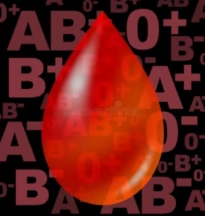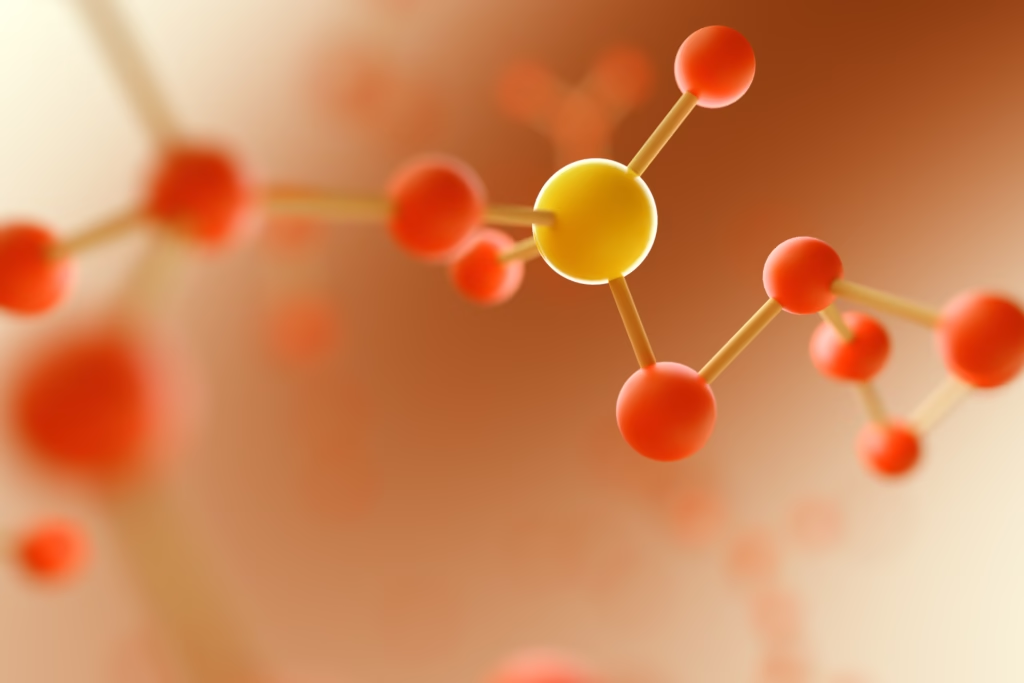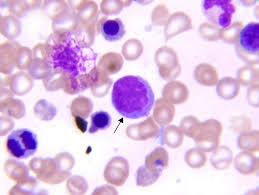
Introduction The ABO blood group system is the most important classification used for blood transfusions, categorizing human blood into four main types: A, B, AB, and O. This classification is Read More …
Simplifying Allied Health Learning.

Introduction The ABO blood group system is the most important classification used for blood transfusions, categorizing human blood into four main types: A, B, AB, and O. This classification is Read More …

Introduction Enzymes are biological catalysts—usually proteins—that speed up chemical reactions in living organisms without being consumed in the process. Definition: “Enzymes are biological macromolecules (mostly proteins) that act as catalysts Read More …

Introduction Proteins are the high molecular weight mixed polymers of α-amino acids joined with peptide linkage (-CO-N H-). Proteins are the chief constituents of all living matter. They contain carbon, Read More …

Introduction Bone marrow is the main factory of blood cells. It produces red cells, white cells, and platelets. Many blood diseases start in the marrow, so studying marrow samples is Read More …

Introduction Processing histological tissues for paraffin embedding is a fundamental technique in histopathology and biomedical research. This process is essential for preserving tissue architecture, cellular details, and molecular components, allowing Read More …